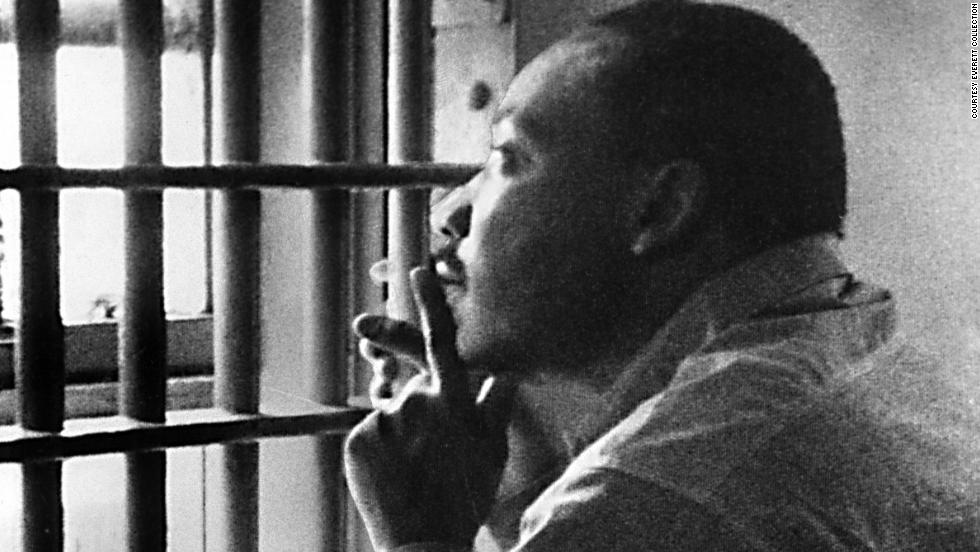
(CNN)A debate has been raging in Washington over a so-called lack of “civility” this past week.
As outrage grows over the Trump administration’s immigration policies and the resulting separation and detention of migrant families, some people are engaging in more forceful forms of protest.
Demonstrators shouted at Homeland Security Secretary Kirstjen Nielsen while she dined at a Mexican restaurant. Others rallied outside the apartment building of Stephen Miller, the architect of Trump’s immigration policy. And a Virginia restaurant owner asked White House press secretary Sarah Sanders to leave because of her role in President Donald Trump’s administration.

Some Democrats have encouraged these methods of protest. Rep. Maxine Waters urged people to publicly confront Trump officials, while Rep. John Lewis tweeted that people shouldn’t be afraid to “make some noise and get in good trouble.” But people on both sides of the aisle have also been swift to denounce such actions, saying that harassing government officials is counterproductive or even un-American.
But Americans have a long history of protesting, a right enshrined in the US Constitution — and those protests have often been disruptive and controversial.
Nowhere is this more evident than the Civil Rights Movement of the 1960s, which relied on acts of civil disobedience to agitate and pressure government officials to honor the equal rights of African-Americans.
In 1960, four black college students in Greensboro, North Carolina, walked into a Woolworth department store and demanded service at the whites-only lunch counter. Though they were asked to leave, they stayed in their seats until the store closed. The next day, they came back with even more students.
The small protest sparked controversy throughout the city. Soon, white people who opposed desegregation came to heckle, threaten and even abuse the students. Nevertheless, they remained steadfast. Their action even set off a wave of sit-ins at restaurants and other segregated spaces throughout the South.
“The sit-in movement energized and transformed the struggle for racial equality,” Christopher W. Schmidt, a professor at the Chicago-Kent College of Law, wrote in an editorial for USA TODAY. “It moved the struggle’s front lines from courtrooms and legislatures to the streets, and it had a younger generation of activists as its leaders.”











